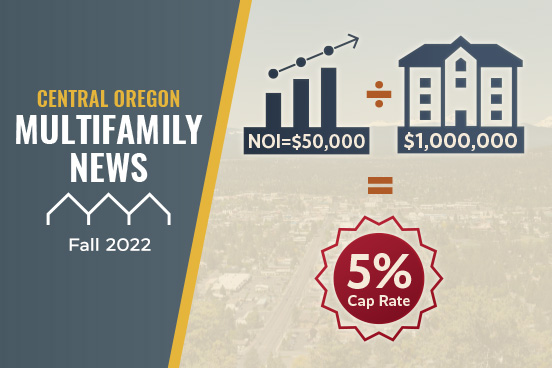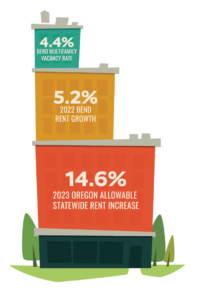A Cap Rate, short for Capitalization Rate, is calculated by dividing the Net Operating Income (NOI) by the Purchase Price. NOI is the net cash flow before income taxes, debt service, or depreciation. The Cap Rate, in simple terms, is the cash flow return that an investor can expect to derive from an asset purchase during the first year of ownership. For example, if an investor buys a property for $1,000,000 and the first year NOI is $50,000, the Cap Rate is 5%.
The Cap Rate is used by appraisers, lenders, brokers, and investors to value investment properties. A typical appraisal will also utilize replacement cost and comparable sales. Other measurements can also be used but these three are the most common. The Cap Rate is arguably the most useful and widely used of all the methods.
There is no formula that can precisely value any real estate asset. The Cap Rate is an imperfect tool. It only looks at one year of income which is usually the NOI for the first year of ownership. It does not account for future income streams, leverage, tax considerations, appreciation, and other benefits of real estate ownership.
The NOI itself is not a precise formula. In many transactions, the calculation of the NOI is a major point of contention. A seller wants to portray the property operations in the best possible light, oftentimes minimizing potential operating expenses like vacancy, management, maintenance, and reserves. Whereas a buyer will want to anticipate higher vacancies and operating costs. There are some standard underwriting principles that most knowledgeable parties adhere to when calculating NOI. The calculation needs to include a market vacancy rate, management fees, maintenance and repair expenses and reserves. Parties to a transaction need to be aware that not everyone understands or adheres to these standards and should evaluate offerings accordingly.
A Market Cap Rate is determined by the collective knowledge, opinions, and actions of all market participants. Buyers and sellers transacting are the primary drivers of market Cap Rates. Cap Rate transactions consider asset type, location, age and condition, lease terms, risk factors, and durability of the cash flows among other factors. Cap Rates are studied and measured by market participants using comparable sales and listings.
Geographically, Cap Rates tend to be lowest on the West and East Coast, especially California. Texas, the Midwest, and some southern states tend to have higher Cap Rates. Cap Rates are also influenced by asset type. Low Cap Rates reflect investor preference and indicate that investors are willing to take a lower return for investing in those areas or property types. Bend tends to have lower Cap Rates primarily due to heavy investor interest and limited transactional opportunities.
In today’s inflationary and high interest rate environment, Cap Rates will go up, putting downward pressure on real estate values.

